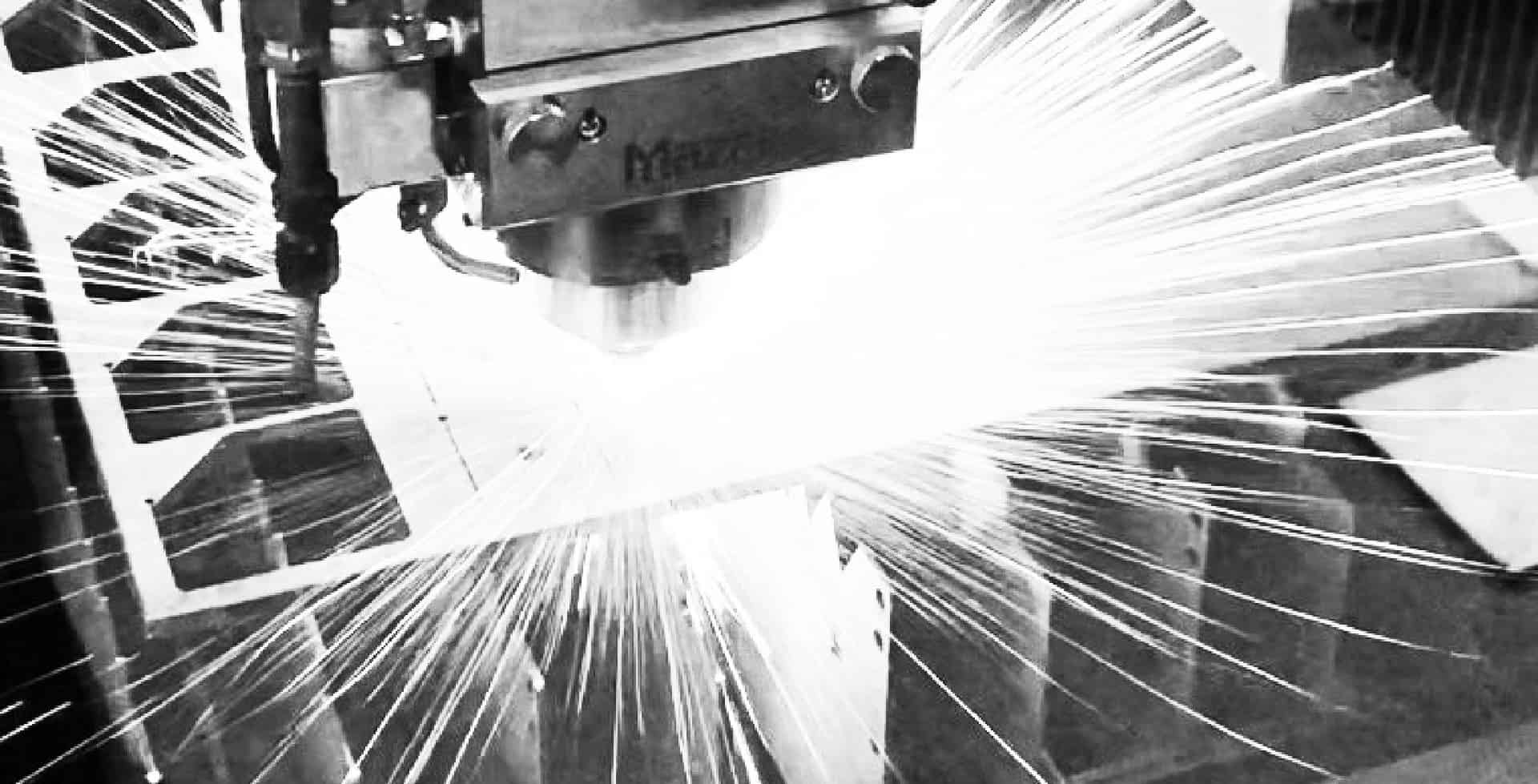Six Methods for Dust Explosion Prevention

Combustible, or explosive dust, is one of the greatest threats to industrial ventilation. Standardized by NFPA and enforced by OSHA, dust explosion prevention guidelines are critical and, with expert oversight, you can mitigate many of the common factors that cause dust explosions.
In a recent Occupational Health & Safety article, the author shares six common mistakes that are known triggers for this dangerous and life-threatening event.
- Insistence on Maintaining the Status Quo: Just because it hasn’t “happened before” doesn’t mean it won’t in the future. In many cases, it takes years for the dust to accumulate before just the right circumstances come to fruition and the explosion occurs.
- Lack of a Risk Evaluation or Hazard Analysis: The NFPA standards indicate that a hazard analysis should be conducted to determine if the dust is considered explosive and if the system is at risk. The fact is that most dust is explosive and requires consistent evaluation.
- The Dangers of Bargain-Hunting: Well-designed and manufactured dust collection systems are more likely to pay for themselves in the long-term due to the energy and maintenance savings compared to a “less expensive” system. Additionally, if an explosion does occur, a heavy-duty constructed system often requires less repair versus a “bargain” model.
- Housekeeping Problems: Dust explosion prevention starts with thorough housekeeping. The NFPA defines hazardous dust as any dust layer of 1/32 inch (0.8 mm) or greater. It’s not uncommon for dust to accumulate on rafters or overhead surfaces to this degree due to overseen housekeeping. Simple steps include more diligent cleanup, air filter replacement and hopper dust removal.
- Misunderstanding Risks Involved with ‘Open’ Style Dust Collectors: While a different configuration, it is often assumed these dust collectors are not at risk for explosion. However, at least four of the five necessary ingredients can still be present, including: combustible dust, an ignition source, oxygen and dispersion of the dust in sufficient concentration to pose a hazard.
- The Error of Over-Specification: Sometimes too much is simply too much. Over-engineered systems can be labor-intensive and difficult to maintain, not to mention needlessly expensive. NFPA provides conservative calculations for its standards and also allows for real-world destructive test data as a benchmark for systems.
If you would like to learn more about dust explosion prevention, contact us.